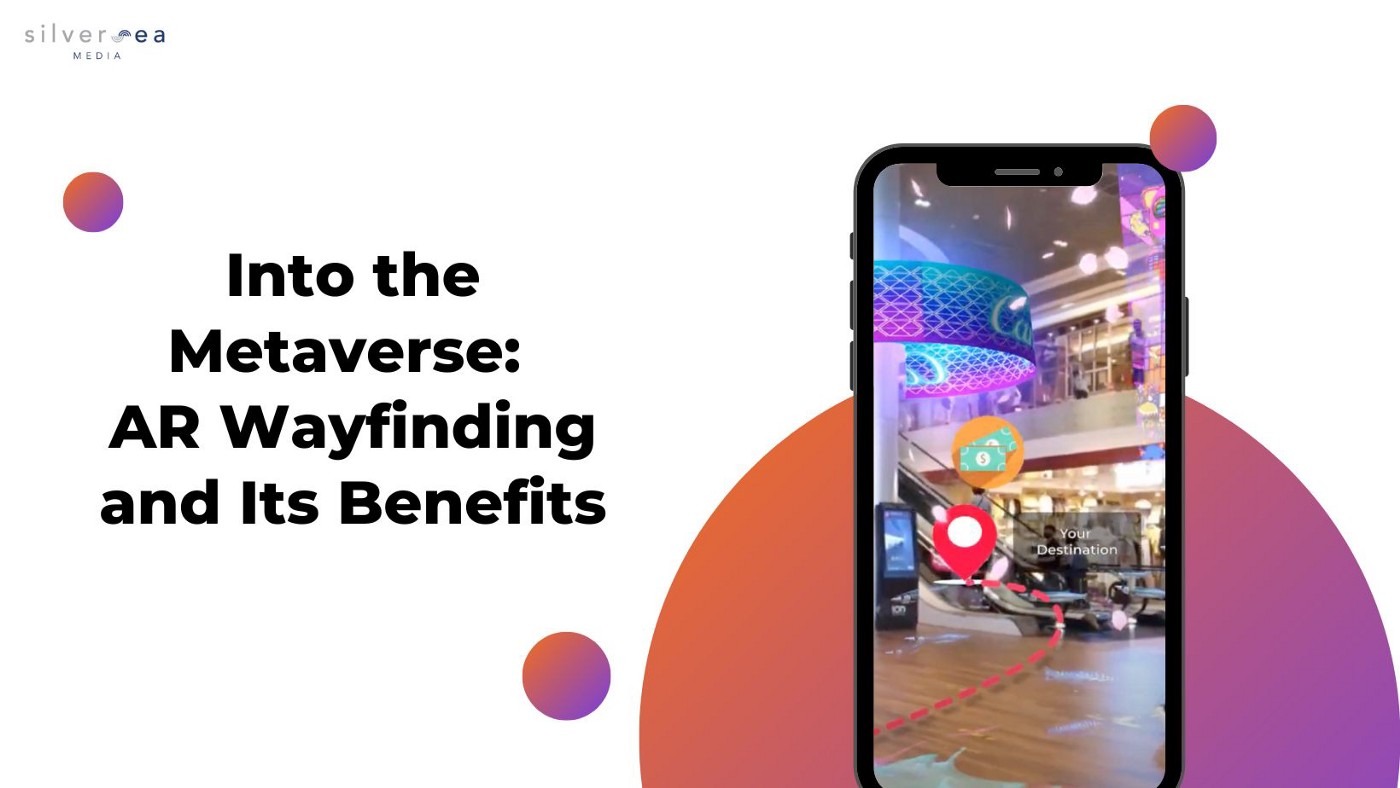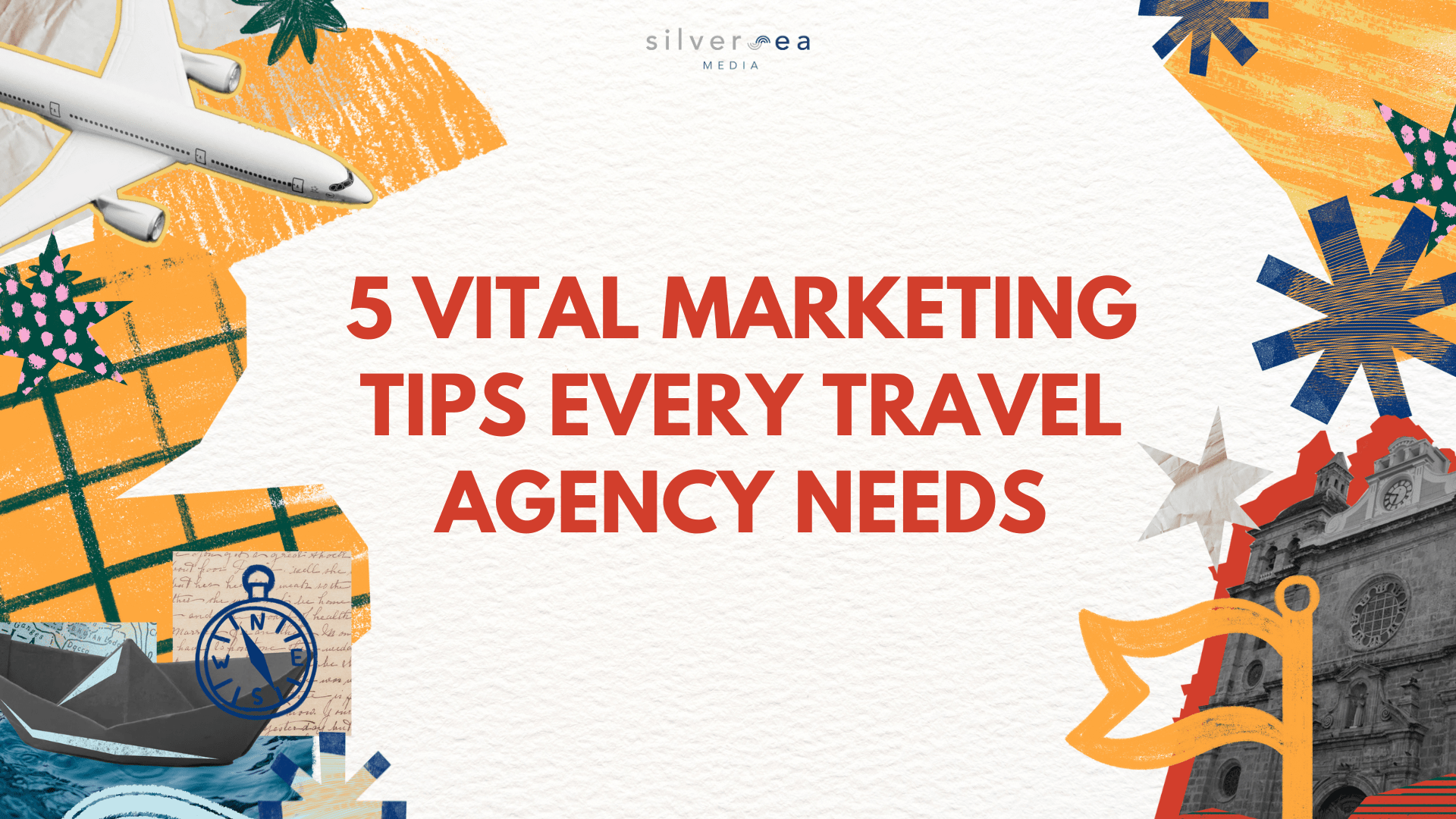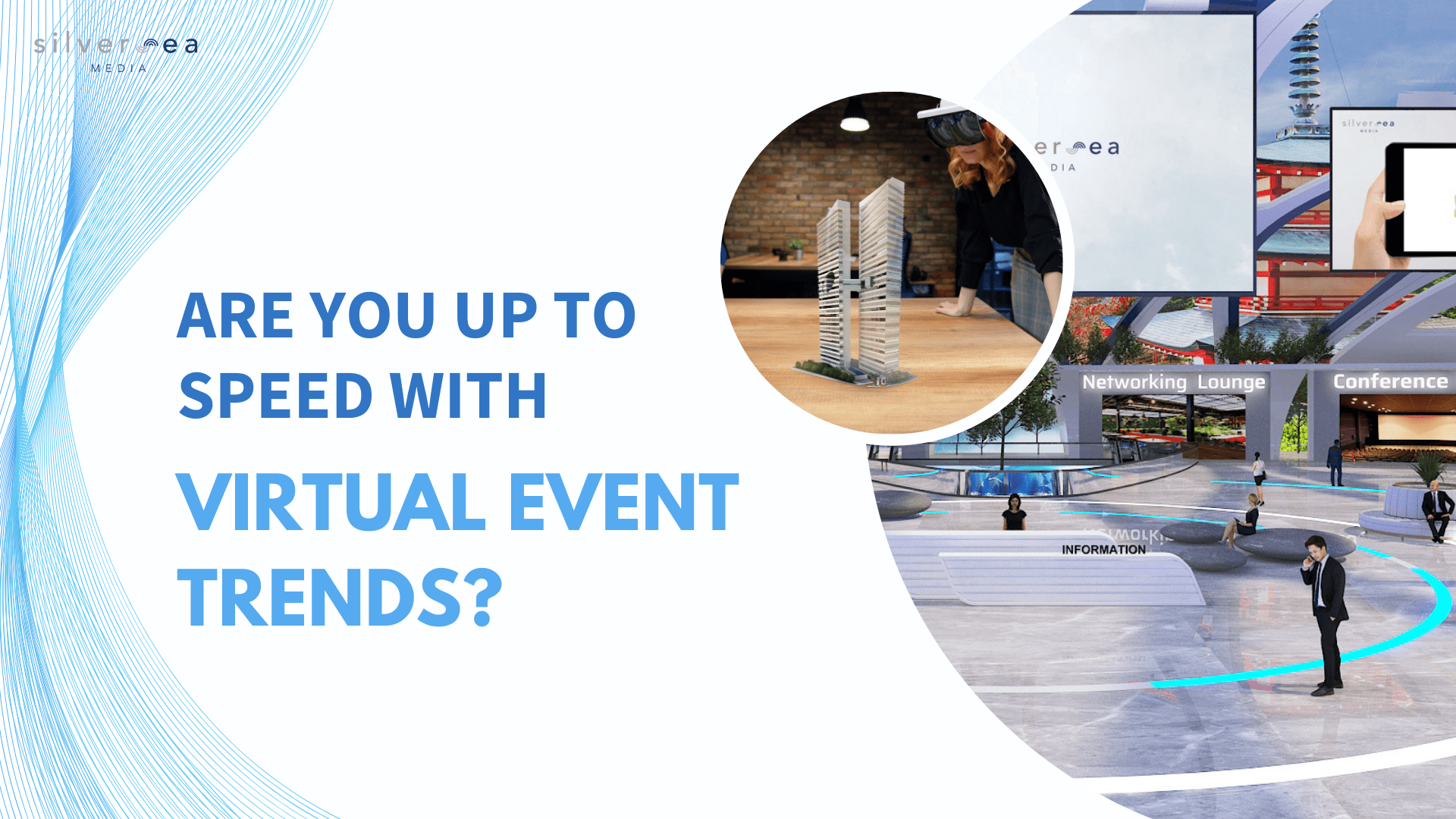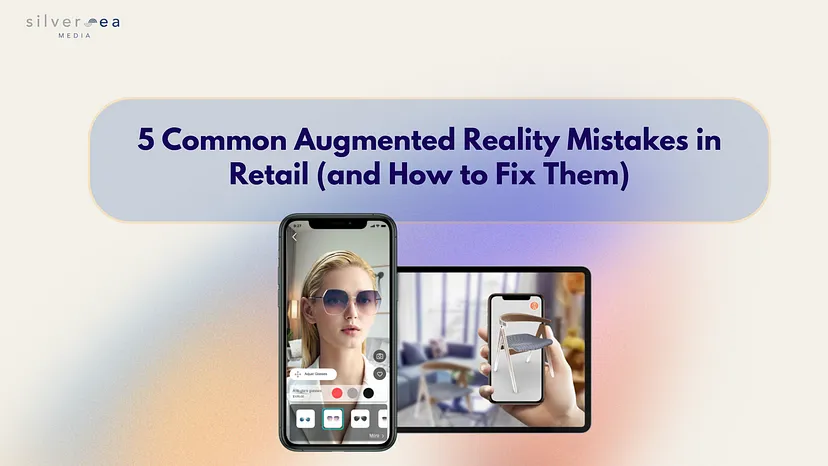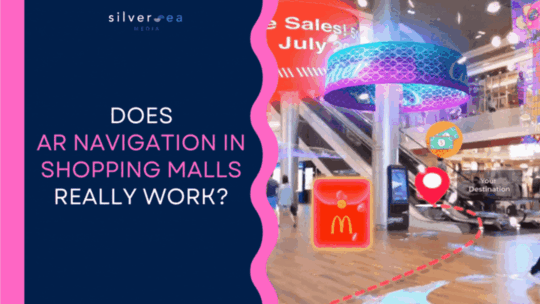Augmented Reality (AR) Wayfinding takes digital customer experiences to new heights. It is a digital guide that gives a visual and auditory cues as users navigate their way around complex indoor and outdoor spaces. To get started, users need a mobile device with a screen and camera, such as a smartphone or tablet. Via the screen, visual cues for wayfinding appear in real-time, providing turn-by-turn directions overlaid on the camera’s view and adjusting by location based on where the user moves. Using an app customised to the location, users can receive information about their whereabouts, promotional content, and more with augmented imagery.
AR Wayfinding is well-suited for expos, trade shows, conferences, and festivals. Anywhere large groups of people come together in a flexible space, AR Wayfinding can make a difference. It adds significant value to a brand’s marketing strategy by providing wayfinding meta maps, engaging spatial experiences, and deep location intelligence.
What Can You Expect from Using AR Wayfinding as a Brand?
1. Easy Navigation
AR Wayfinding makes it easy for users to find their destinations throughout the route with a super-imposed pathway solution. It provides directions on a screen overlaid on top of real environments seen through the phone’s camera. AR can populate the live image with nearby points of attraction and enhanced virtual markers that can make a user’s journey more fun and engaging.
2. Advertising and Sponsor Opportunities
Use cases for AR span a variety of industries. AR overlay can include video pins, animations, promotions and calls to action. For example, as an individual enters a store, the AR app can recognise items and call up pricing information, promotions, material variants and reviews, offering a seamless blend of brick-and-mortar experience and e-commerce convenience. In a tradeshow or retail environment, sponsorships and promotions can be organically integrated into the user journey, triggered based on proximity.
AR wayfinding creates an opportunity for countless creative and unique sponsorship implementations. Allow retailers to advertise their products on the AR map. For example, compelling 3D visual content and brand logos can be placed within different areas of the AR map. In addition, they can be interactive, allowing customers to tap out to web pages, launch video, image or text content, and AR-based ad units.
3. Digital Signage
Digital signage and other forms of AR promotions provide a kind of immediacy and convenience that increases the odds of an impulsive engagement, hence driving high ROI for advertisers. With digital signage, customers may check recommended product offerings or special bargains without having to browse the full store. For example, digital signage can display furniture at scale even when the actual products are not on store floors.
4. Bring the Fun
Integrate gamification into your AR wayfinding approach. Imagine how much more fun walking across an event campus would be with an AR treasure hunt along the way! Let users embark on a quest to find hidden objects by scattering various clues that can be hidden indoors or outdoors. An AR treasure hunt entertains and motivates users with rich and eye-catching graphics.
These graphics enhance the real world around them and add to the story you want to tell. The goal of an AR treasure hunt is to engage players through the use of new technology and content that can be educational, brand-specific, thematic, pure fun, or whatever you wish it to be.
5. Museums and Galleries
The benefit of AR can reach far deeper within a museum’s identity than a simple installation can when AR becomes part of the overall visit experience. By downloading the relevant app on your smartphone and viewing the display through the app, visitors can access further historical information such as audio recordings, curator commentary, timelines and photographs.
Create a custom avatar to serve as the visitor’s virtual museum guide and provide multilingual explanations! During the tour, they will be guided on their own smartphone to a series of items combined in the tour in their own language.
Reinventing Shopping Malls with Augmented Reality
Digital innovation can transform today’s shopping malls into smart malls of the future. For this, retailers need to incorporate immersive technologies into the customer’s shopping experiences. This is where technologies like AR can be used to keep customers engaged and entertained, ultimately generating ROI for retailers.
AR technology allows consumers to interact with content, a virtual mall directory, wayfinding in a mall environment, immersive retail displays, touch-free transactions, in-store brand experiences, and digital interaction with their family and friends, among other features. AR offers limitless solutions for shopping centres, malls, and retailers that can benefit all stakeholders.
5G AR + Metaverse, Creating a New Digital Space
The infinite possibilities of augmented reality and its ability to transform the way we work, learn, communicate and play is truly astonishing. While we have seen both augmented and virtual reality use cases in society for years, we’re about to enter a new era thanks to 5G and cloud connectivity.
With the rapid advancement in 5G, there are endless opportunities to enhance entertainment. Think of hologram entertainment — a concert with five performers, but each of those performers is in a different country. Five venues, with five crowds, seeing one performer and four holographic performers streamed in augmented reality but completely synced. Fast streaming technology and low latency will be required to reach the more complex level of a completely immersive metaverse experience and make it available to more people than a few.
Sounds interesting? Contact us now and let us help you leverage immersive technologies in your marketing strategy.




